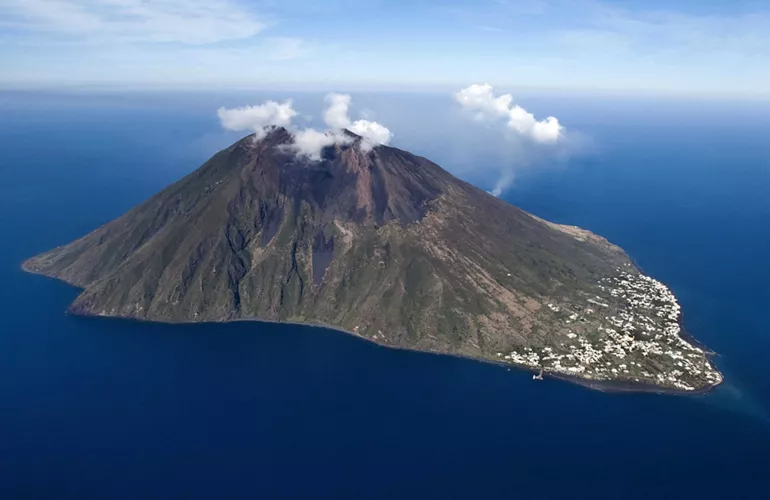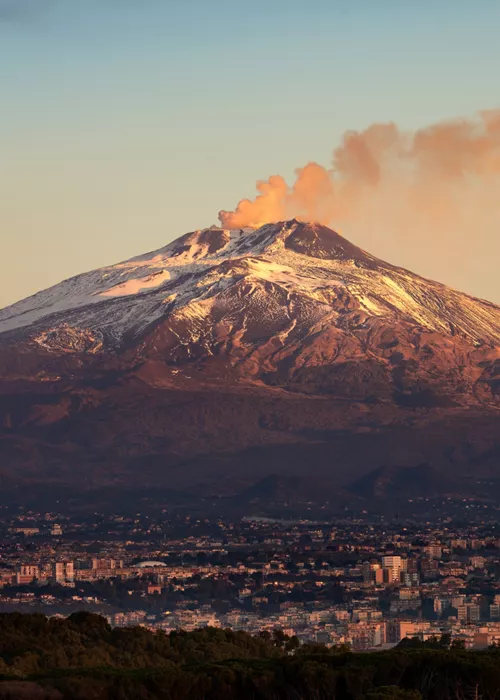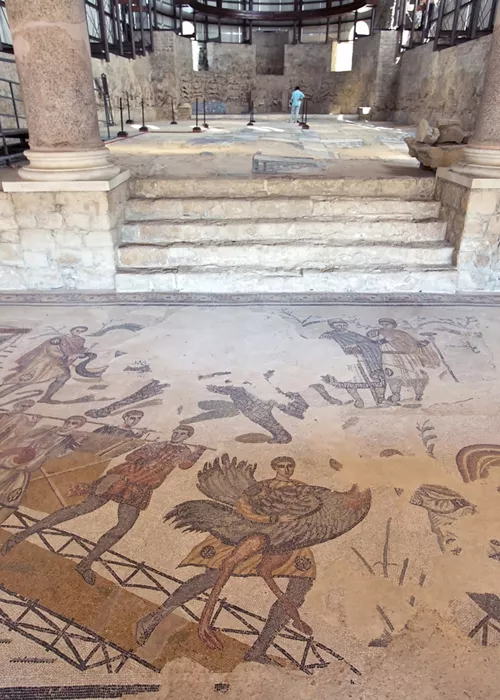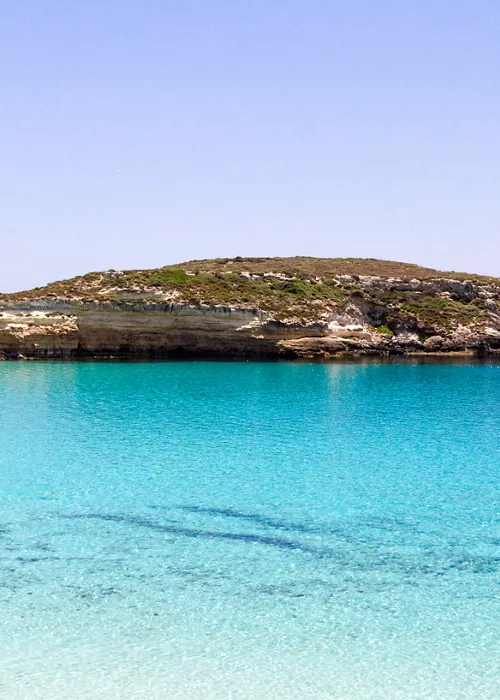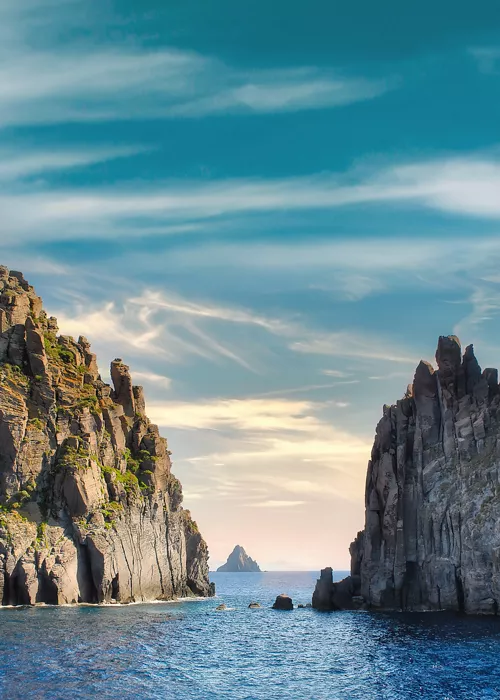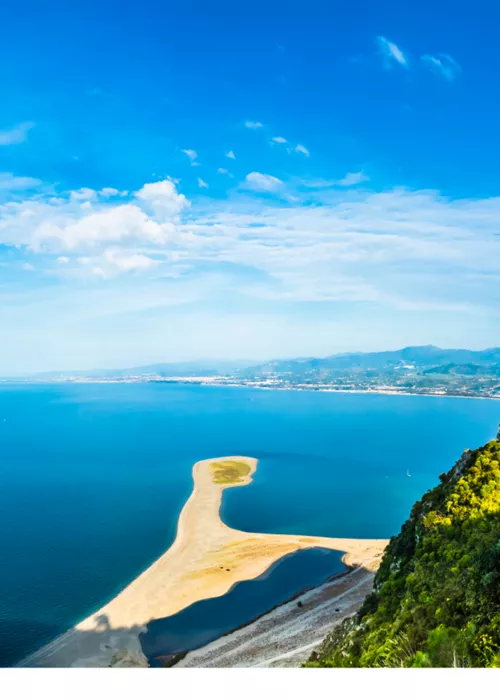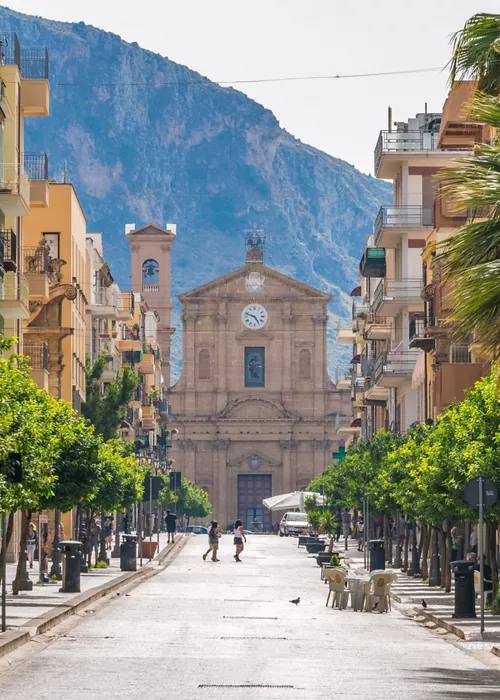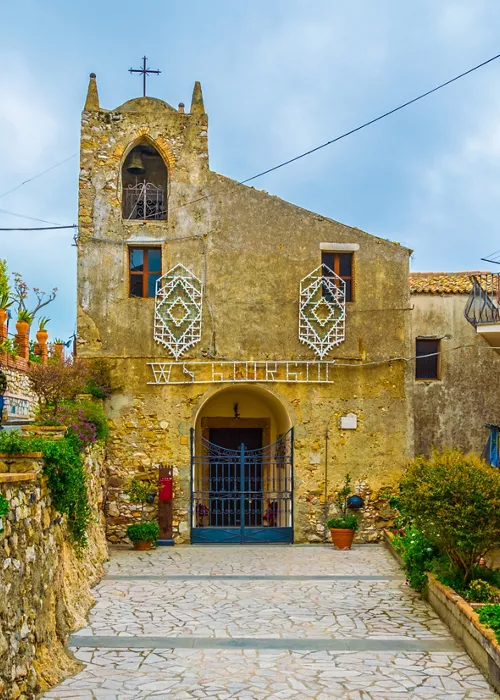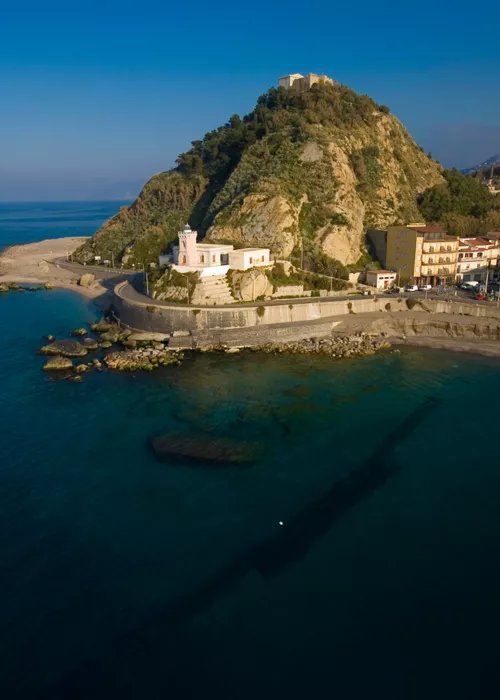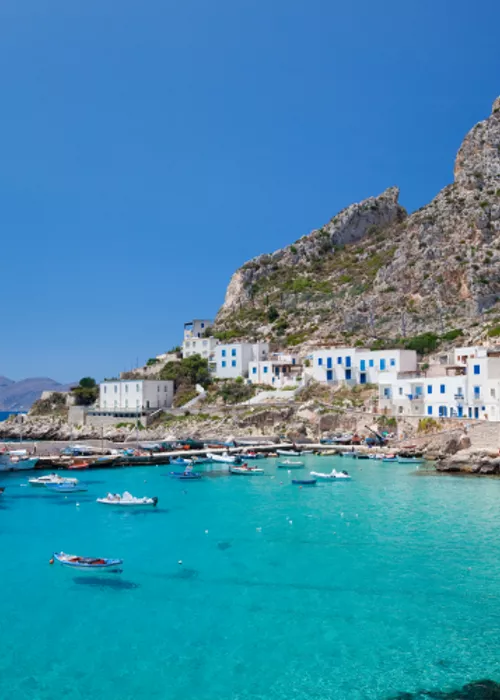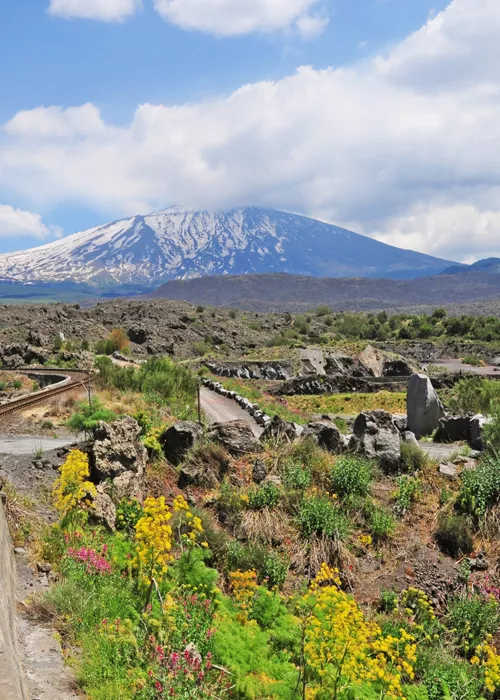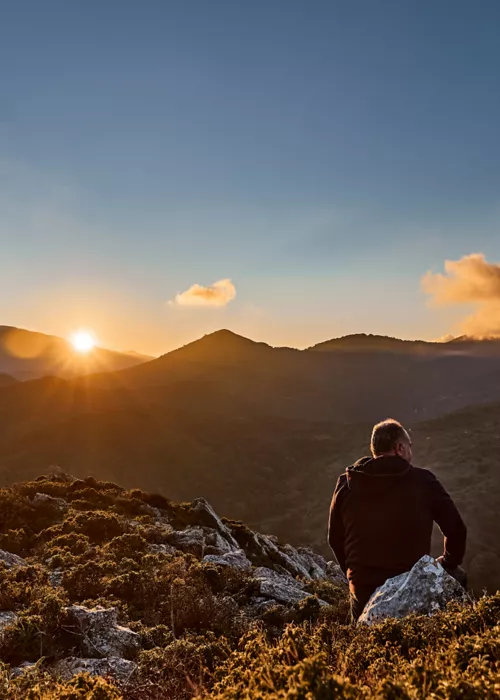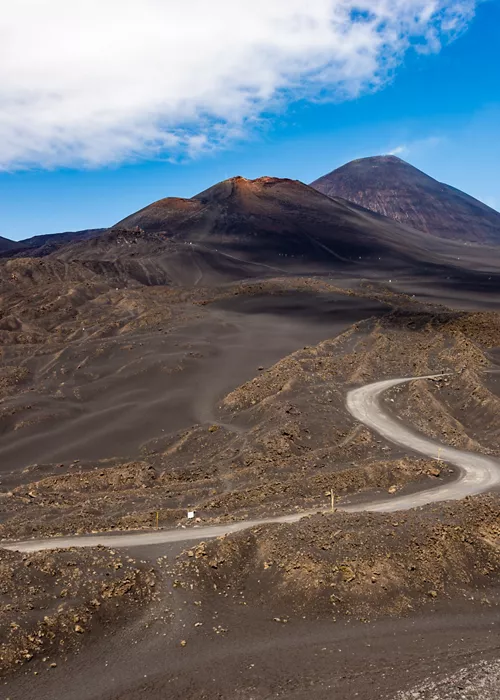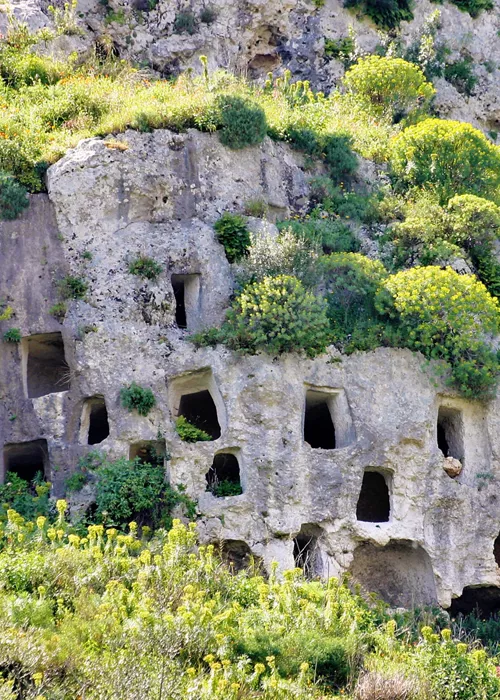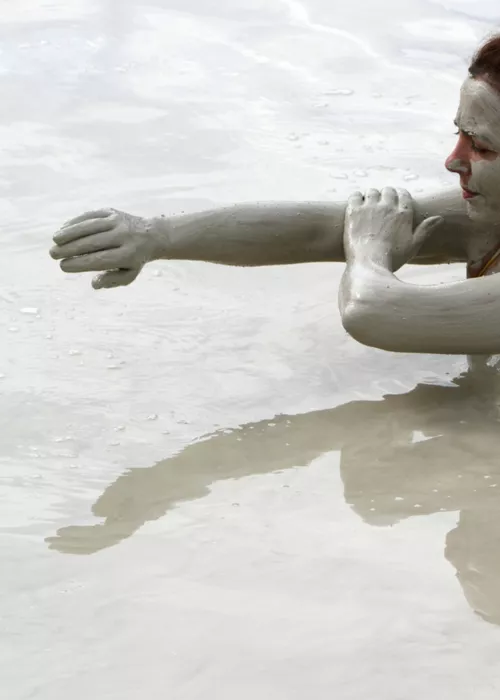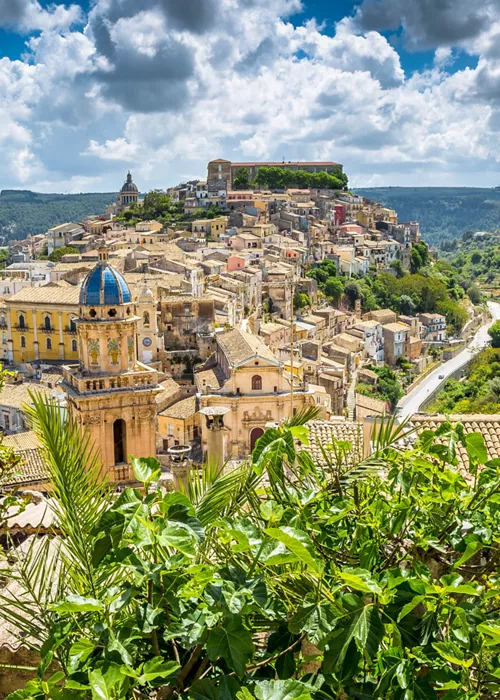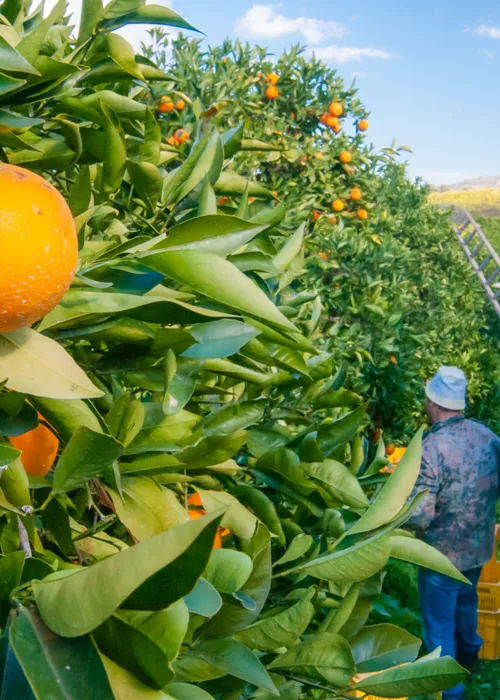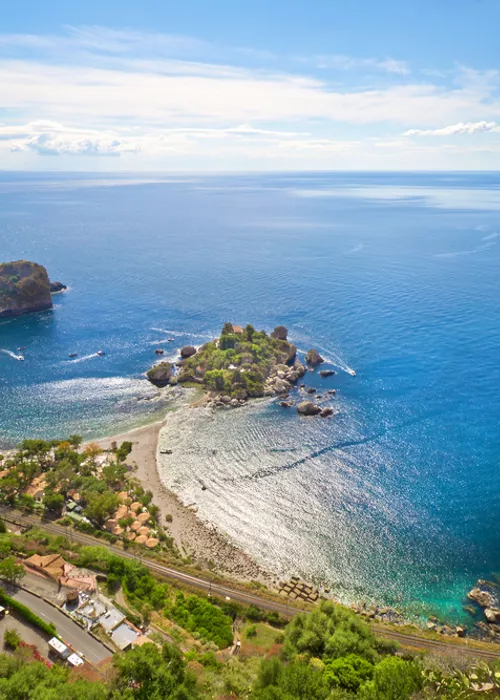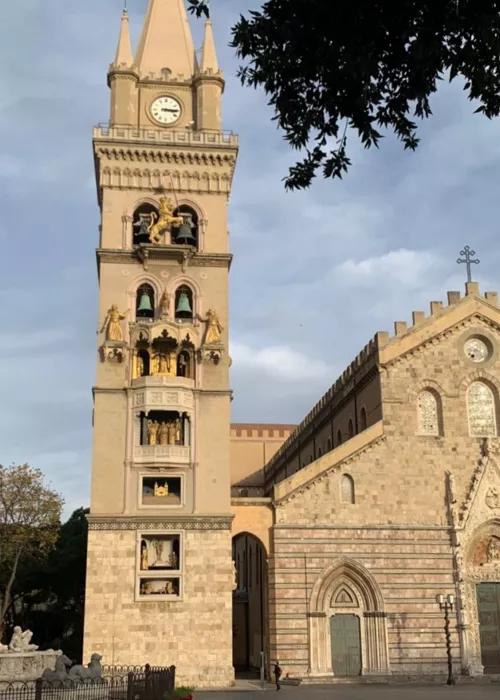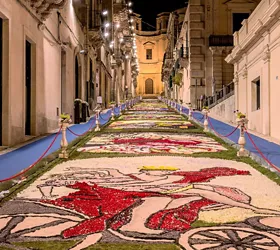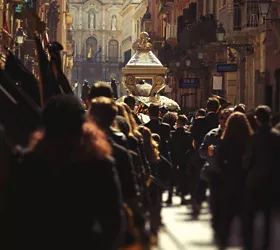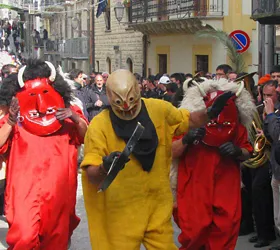Stromboli: a trip to the foot of the volcano for complete relaxation
The island of Stromboli is the most northerly island of the Aeolian archipelago and a UNESCO World Heritage Site, between Panarea and the Calabrian coast. If you’re planning a holiday to this enchanting destination, you will not miss the imposing volcano Mount Stromboli, one of the most active and perhaps unique volcanoes in the world with its three perpetually erupting craters.
Walking on the giant's “skin”
The locals have nicknamed the volcano Iddu, Sicilian for “he”, because of its small explosive flashes, repeated at intervals of about 15-20 minutes, and because of its perpetual grumbling and the periodic minor eruptions. Mount Stromboli is a volcano that commands a respectful awe from all who visit: with two-thirds submerged under the surface of the sea, over time humans have built settlements and communities on its back, for millennia we have continued to tread on its sensitive skin, almost teasing it a little.
Disconnecting by reconnecting with nature
The island is divided into towns, almost all clustered on the north-eastern side, where you will also find the main beaches: Scari, Piscità, San Vincenzo, Ficogrande and the town of Stromboli. On the opposite side, isolated and reachable only by sea, is Ginostra, a picturesque amphitheatre of huts perched on the rock: once a humble fishing village, it is now a unique and rather spartan tourist destination.
Before planning a holiday in Stromboli, the first thing to remember is that only residents can drive motorised vehicles and there is no public transport. However, not to worry – it only takes twenty minutes to walk from one end of the town to the other! What’s more, there are several electric taxis that, at modest prices, will take you to your destination along the only kilometre of paved road. Rather than being an inconvenience, the scarcity of vehicles on the road will give you the pleasant feeling of truly being away from it all on holiday.
A pitch black night, to count the stars
The other thing to note is that there is no public lighting on the island, so we recommend always carrying a torch when you go out at night. The almost total darkness of the night gives an extraordinary brilliance to the canopy of stars twinkling above Stromboli, sure to delight stargazers everywhere and certainly the most romantic visitors.
The island also lacks its own source of drinking water, which is transported there by tanker once a week in winter and three times a week in summer.
The evening is the best part of the day!
At sunset, while visitors in all the seaside resorts enjoy an aperitif, it is the ideal time to experience some of the main excursions. If you are properly equipped, in good health and accompanied by an authorised guide, you can trek up the back of the volcano to the summit, at an altitude of 900 metres, and admire the explosive activity of the craters – from a safe distance! Remember that things can change very quickly at Stromboli: sometimes, due to the conditions of the volcano, groups cannot depart or are forced to stop halfway.
Also at dusk, you can head by boat from Scari to Sciara del Fuoco, the steep slope formed by lava, incandescent volcanic slag and lapilli that descends from the crater of Stromboli down into the sea. From the water, you can enjoy spectacular views of this river of fire flowing down the mountain.
The black beaches of the Stromboli coastline
Summer days should undoubtedly be devoted to enjoying the sea. Much of Stromboli's coastline is marked by high cliffs. The main beaches, almost all with shimmering black sand, are located along the stretch of coast from Ficogrande to La Petrazza. We recommend avoiding light-coloured swimwear.
Pleased to meet you, Strombolicchio!
A ten-minute walk from the hydrofoil landing takes you to Ficogrande beach, a cove bathed in sand and volcanic rock. Forgia Vecchia, however, wins the award for the most beautiful beach on the island. This rather wild expanse of black pebbles, smoothed by the water and wind, can be reached by land via a path from the nearby beach of Scari, below San Vincenzo, a town overlooking the iconic Strombolicchio.
Legend has it that this volcanic sea stack, Iddu's younger brother, is the top of a volcano that was thrown into the sea during an eruption. A few years ago, it was designated a protected nature park: the lighthouse that towers above it, once gas-powered, is now 100% self-sufficient thanks to renewable energy.



